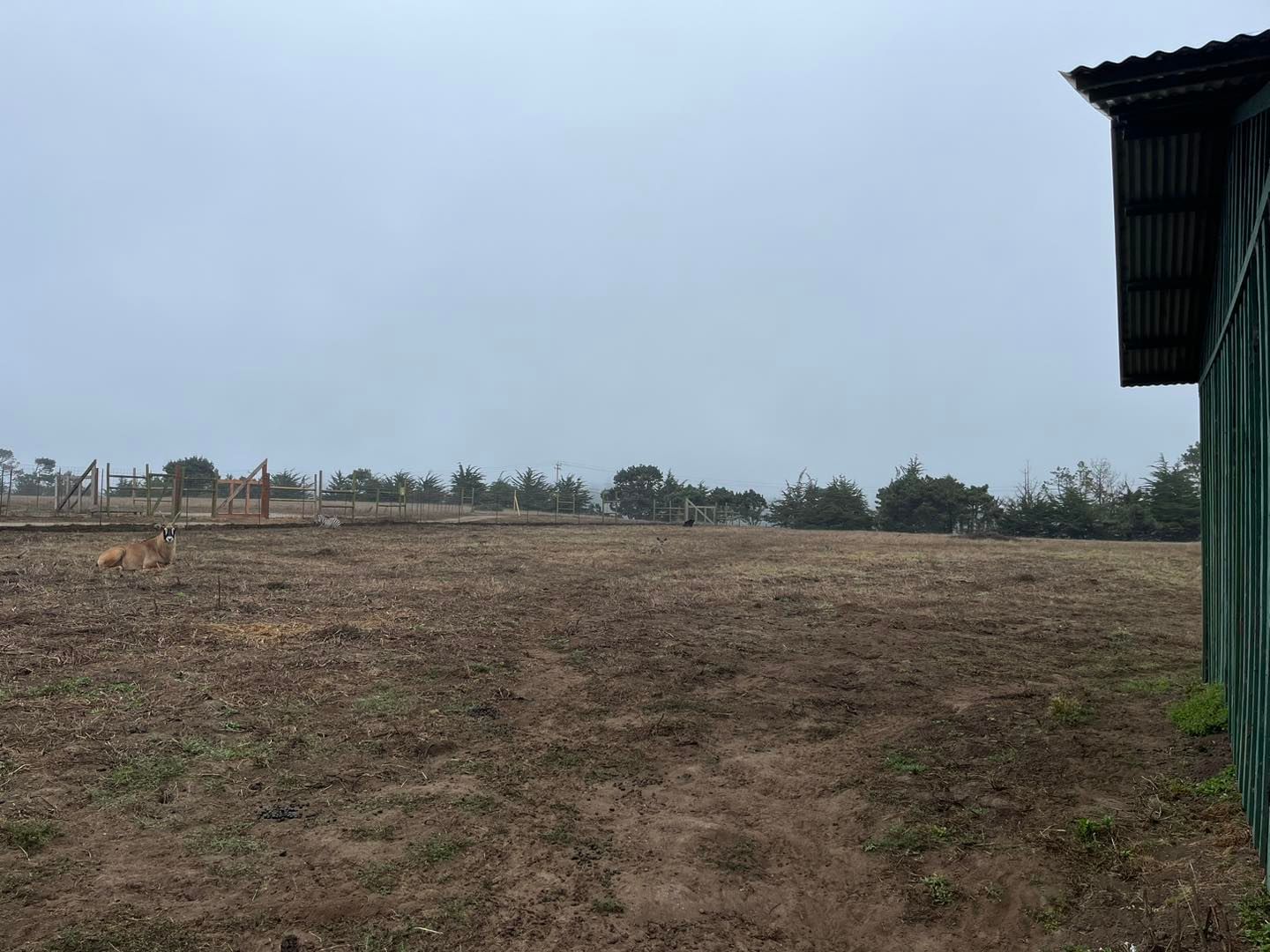Summary:
– Introduction to camouflage as a defense mechanism
– Explanation of different types of camouflage in animals
– Spotlight on five fascinating animals with exceptional camouflage abilities
– Detailed descriptions of each animal’s camouflage strategies and adaptations
– Conclusion emphasizing the marvel of Mother Nature’s camouflage
Mother Nature has bestowed upon us countless wonders, and one of her most mesmerizing gifts is the art of camouflage. Camouflage, also known as cryptic coloration, allows organisms to disguise their appearance, blending seamlessly into their surroundings. This remarkable defense mechanism masks their location, identity, and movements and leaves us in awe of their extraordinary abilities. Today, we embark on a journey to explore five exceptional animals that effortlessly utilize camouflage to survive and thrive. Can you spot them all?
1. The Leaf-Tailed Gecko:
Hailing from the enchanting rainforests of Madagascar, the leaf-tailed gecko has evolved to become a true master of disguise. With its skin resembling a weathered, decomposing leaf, the gecko effortlessly blends into the foliage, rendering it nearly invisible to predators and prey. Its elongated body, leaf-shaped tail, and intricate patterns enhance its camouflage. The leaf-tailed gecko’s astounding ability to mimic its surroundings is a potent reminder of the beauty and intricacy of natural selection.
2. The Orchid Mantis:
Prepare to enter the world of floral deception, where the stunning orchid mantis reigns supreme. Exhibiting a vivid range of colors, including pink, white, and yellow hues, this remarkable insect camouflages itself within the petals of various orchid species. Its appearance perfectly mimics the flowers so that unsuspecting pollinators may mistake it for a real blossom. With its hidden disguise, the orchid mantis strikes with lightning speed as soon as an unsuspecting prey ventures too close.
3. The Gaboon Viper:
Venturing into the depths of the African rainforests, we encounter the master of ambush—the Gaboon viper. This venomous snake possesses remarkable camouflaging abilities, with patterns on its scales resembling leaf litter and shadows. Its coloration ranges from mottled browns to earthy hues, making it virtually undetectable in the forest undergrowth. The Gaboon viper’s sharp senses and impeccable camouflage allow it to remain hidden while patiently awaiting its next meal.
4. The Warty Sea Cucumber:
Shimmering in the depths of the world’s oceans, the warty sea cucumber showcases camouflage that captivates scientists and enthusiasts alike. This seemingly unassuming creature exhibits a remarkable ability to change its color and texture, blending seamlessly with the surrounding coral reefs or sandy seabed. Through muscular contractions, the warty sea cucumber manipulates its body texture, transforming from bumpy to smooth or resembling its immediate environment’s patterns. This mesmerizing mimicry enables it to evade predators and remain concealed in the vast underwater realm.
5. The Common Baron Caterpillar:
Nature’s artistry is evident even in the smallest creatures, such as the common baron caterpillar found in Southeast Asia. This caterpillar exhibits an incredible camouflage strategy resembling bird droppings, allowing it to escape the attention of hungry predators. Elongated and covered with a whitish substance, the caterpillar’s unique disguise repels potential threats, giving it a better chance to reach adulthood and undergo metamorphosis. Witnessing the baron caterpillar’s transformation from an anonymous existence to a remarkable butterfly is a testament to the wonders of nature.
In exploring nature’s camouflage specialists, we have marveled at their astounding disguises and the depths of their adaptation. From the leaf-tailed gecko’s leafy masquerade to the orchid mantis’s captivating floral mimicry, each creature demonstrates the remarkable power of camouflage. Their survival depends on their ability to blend seamlessly into their surroundings, showcasing nature’s genius in equipping them for their respective environments.
As we conclude this journey, remember to take a moment to appreciate the marvels of Mother Nature’s camouflage and the extraordinary creatures that embody it. Their intricate adaptations protect them from predators and leave us in awe of their exceptional abilities. The world of camouflage is a constant reminder that true beauty often lies hidden in plain sight, waiting for those with keen eyes and an appreciation for the wonders of the natural world. Happy spotting!
*****
Source Description
5 animals. Can you spot them all? Mother nature’s camouflage at her finest. Camouflage also called cryptic coloration, is a defense mechanism or tactic organisms use to disguise their appearance, usually blending in with their surroundings. Organisms use camouflage to mask their location, identity, and movement. Give us your list of what you see!


